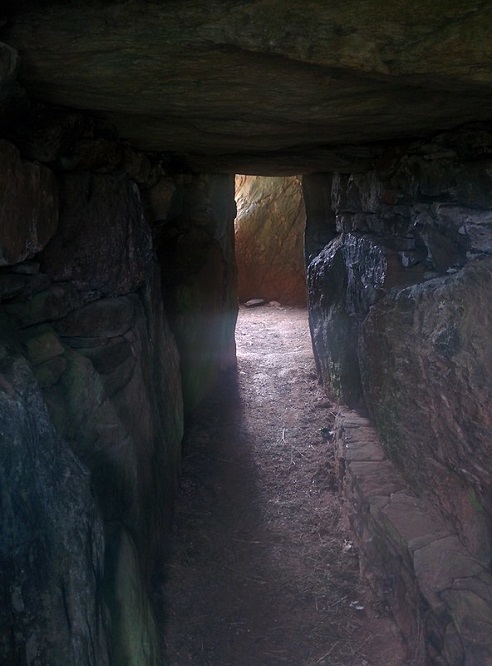One of Wales’ most famous prehistoric sites to host open day on Saturday

Cadw is hosting a special open day at one of the most famous prehistoric landmarks in Wales on Saturday (17 June).
Bryn Celli Ddu on Anglesey is one of the most important and best-preserved examples of a Neolithic passage tomb in Wales, dating back around 5,000 years.
Set in a stunning location, Bryn Celli Ddu is actually two sites in one.
A henge (a bank and ditch) enclosing a circle of stones was built on the site in the early Neolithic (New Stone Age) period.
This was replaced later by a chambered tomb beneath a mound measuring up to 85ft/26m in diameter.
Inside, a long, narrow passage leads to an octagonal chamber 8ft/2.4m across, where artefacts such as human bones, arrowheads and carved stones have been found.

Bryn Celli Ddu’s most unusual feature can only be seen once a year.
As the sun rises on the summer solstice shafts of light shine directly down the tomb’s passageway to illuminate the chamber within.
The free open day will feature tours of the site, exhibits, food demonstrations and a range of hands-on experimental archaeology activities for all the family.
Throughout the day there will also be live flint knapping demonstrations with flint experts Ancient Crafts and a bilingual archaeology tour of the monument with renowned antiquarian Rhys Mwyn.
Support our Nation today
For the price of a cup of coffee a month you can help us create an independent, not-for-profit, national news service for the people of Wales, by the people of Wales.







It is not unusual it is fundamental…